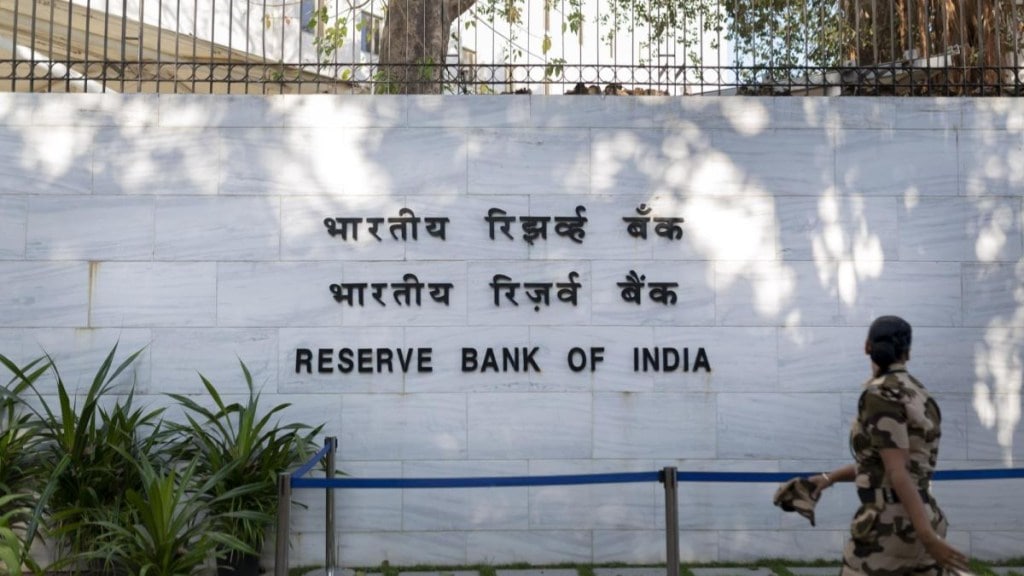The first step of the recently announced liquidity infusion through open market operations (OMO) started on Thursday, with the Reserve Bank of India (RBI) buying government bonds of Rs 20,000 crore. The auction saw significant participation from both state-owned and private banks, said G-Sec traders.
The auction was seen as a good opportunity to sell old 10-year bonds and 14-year bonds, which were part of banks’ held to maturity (HTM) book at a profit, said traders.
At the auction, the apex bank bought bonds of various maturities between 2033 and 2037 at cut-off prices ranging from Rs 100.80 to Rs 102.72 (see table), with the maximum purchase of Rs 6,520 crore of 7.18%, 2037 bonds at Rs 102.72 or 6.85%. Due to a delay in publishing the results of the OMO auction, the government securities market hours were extended till 5:30 PM on Thursday, said traders. The market usually closes at 5 PM.
“Traders booked good profits today (Thursday) at the OMO auction as it was the only option to get rid of bonds which were in HTM, or otherwise they had to keep them till maturity. Therefore, the response was good,” said a trader at a private bank. The cut-off price and yield on the current 10-year benchmark, 6.79% 2034 bond, were largely along the last traded price and yield in the secondary market, indicating that the RBI does not want to distort yield levels of the current 10-year benchmark.
The cut-off prices of remaining papers were sharply lower than their last traded prices, signalling ample profit booking.
“The motive behind choosing 10-year papers and old 14-year papers was they are part of both trading books; AFS (availavle for sale) and fair value through profit and loss and part of HTM as well. If not these papers, the response would not have this good, failing the ultimate goal of the RBI to ease liquidity conditions,” said the head of treasury at a state-owned bank.
With the liquidity deficit in the banking system hitting multi-year highs last week, the RBI announced a slew on measures on Monday to ease the situation. The central bank will hold OMOs of Rs 60,000 crore. Other two OMO auctions are scheduled for February 13 and February 20.
Along with the OMOs, it announced a buy/sell swap of $5 billion and a 56-day variable rate repo operation. Prior to this package to soften liquidity, the RBI decided to conduct a daily VRR auction.
On Thursday, banks borrowed Rs 1.17 lakh crore against the notified amount of Rs 1.50 lakh crore at a cut-off rate of 6.51%.
Interbank call money traders said that due to absence of any major outflow from the banking system and with the help of government month-end spending, the demand for funds is little.
